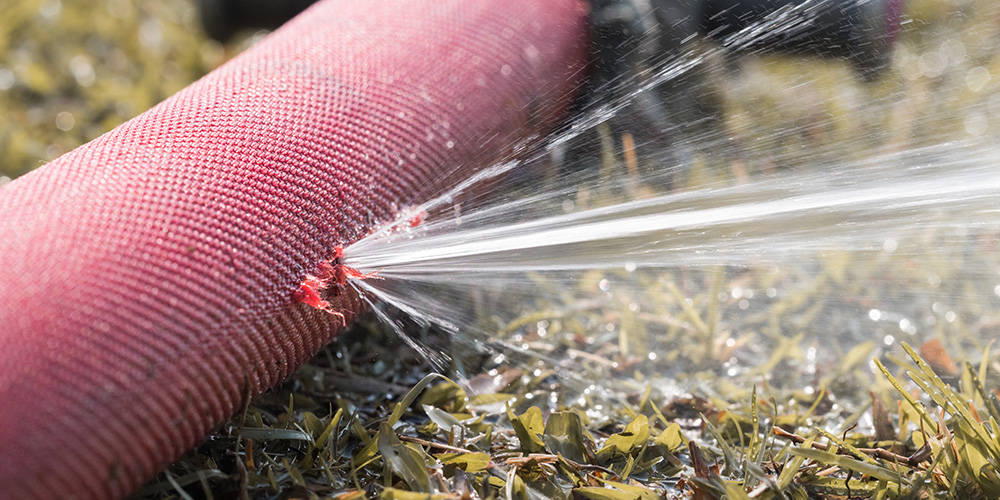
Salt and Garden Hoses!
By Kim Biesenthal, RN and Kathleen Keeshan, BSc
Despite its bad reputation, salt is essential for animal life. Refined table salt is composed mainly of sodium (Na) and chloride (Cl). In chemistry, sodium and chloride are called ions and both are necessary to sustain human life. Salt is also a great preservative – that’s why so many canned and processed foods contain such high levels of sodium. Managing our salt intake in today’s world of refined and processed foods is less daunting a task than it seems. Just remember – it is nearly impossible to get too little salt in our diet. The bigger problem is getting too much!
Salt controls the water content of the body. Too much or too little salt in your diet can cause muscle cramps, dizziness and problems with your electrolyte balance. It may not seem like a lot, but a pinch and a dash of salt soon add up quickly to unhealthy levels of sodium in our diets. Too much sodium (Na) is a factor in the escalating number of individuals being diagnosed with high blood pressure, or hypertension. The more salt we eat, the more fluid our bodies retain. The more fluid we retain, the higher our blood pressures.
Think of a garden hose! Crank open the faucet, keep the nozzle closed and the pressure inside the hose builds up. Either open the nozzle, or the hose will split. The same is true with our bodies. Build up the pressure inside our blood vessels and they, and our organs, will suffer the same fate as the garden hose. Sometimes physicians will prescribe water pills or diuretics – these flush water and sodium from the body – this is equivalent to opening the nozzle. Other times, physicians will add drugs that relax or widen our blood vessels – like buying a more flexible, wider hose – or drugs that slow our heart rate – similar to reducing the amount of water, and hence the pressure, coming through the faucet from the pipes!
Health Canada recommends a daily sodium intake for healthy adults of less than 2,300 mg, or about 1 teaspoon.
Here are a few basic tips to reduce your salt/sodium intake:
- Choose processed and canned foods less often. Whenever possible, rinse canned foods like tuna or vegetables to remove the salt that is used to preserve them or purchase sodium-reduced brands.
- Remove the salt shaker from the table and use herbs and spices in its place.
- Use less salt when cooking.
- Choose fresh and frozen fruits and vegetables more often.
- Avoid smoked, cured and pickled foods.
As you slowly reduce your salt intake, your taste buds will adjust, and you might notice a change in your blood pressure!
FACT: Reducing your salt intake to 1 teaspoon per day can lead to a drop in blood pressure of approximately six points for systolic blood pressure (top number) and approximately three points for diastolic blood pressure (bottom number).
For improved cardiovascular health, be a mover and a shaker, but leave the saltshaker in the cupboard!
